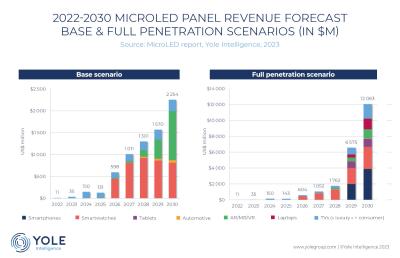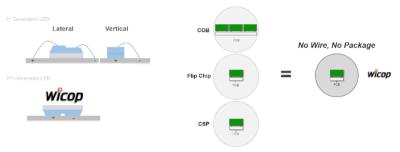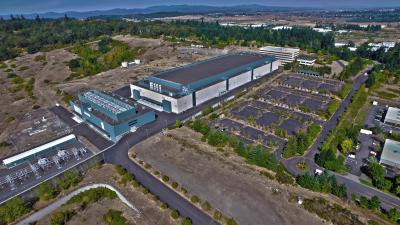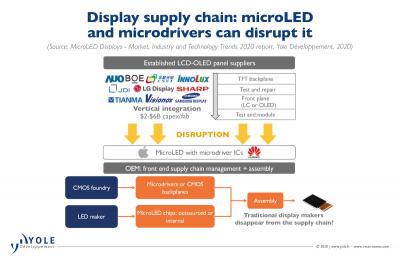XDC and Lumileds co-develop micro-IC microLED displays, show a production-ready 140 PPI prototype
X Display Company (XDC) has announced that it has developed a new micro-IC driven microLED display in collaboration with Lumileds. XDC says that its micro-IC architecture is efficient and also cost-effective to produce, and is already ready for mass production.
The two companies developed a 140 PPI display that uses Lumiled's 13x20 micron LEDs, and XDC's own microIC backplane technology. The display offers high brightness (2360 nits peak) and an excellent image quality.










